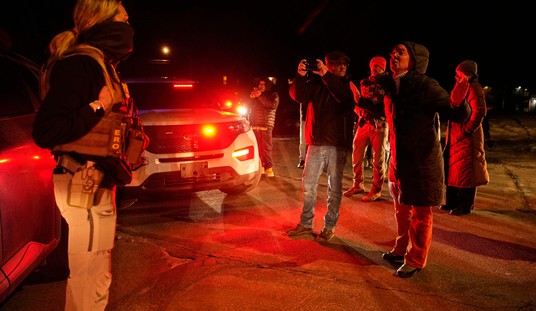Scenes from a crisis:
“Results of today indicate immediate danger of general national bank panic,” a U.S. senator warned the president. “Government funds should not be drawn upon but should be increased.”
Reportedly, the country’s economy hung in the balance. “Without such action it is impossible to move western produce and we cannot hope to avoid universal panic throughout the country. Immediate action necessary,” the senator added. A leading New York financial official agreed. “Relief must come immediately or hundreds if not thousands of our best men will be ruined.”
Our leaders weren’t certain what was going wrong. But some seemed certain that only the federal government’s immediate intervention could save us.
The crisis noted above could have been ripped from recent headlines, but actually happened more than a century ago. Not during the second George W. Bush administration, but during the second U.S. Grant administration. Historian H.W. Brands tells the story in his recent biography, “The Man Who Saved the Union: Ulysses Grant in War and Peace.”
Recommended
Brands notes that “Grant reacted cautiously.” He ordered his Treasury secretary to invest $10 million in bonds, a step that provided ready cash for bankers. Then, he waited for the crisis to burn itself out. “This will necessarily go on until balances are settled in all former stock gambling operations either by settlements or the breaking of operators,” the 18th president wrote. “Money will then begin to resume channels of legitimate trade.”
Grant did agree to travel up to New York City, then as now the epicenter of economic activity. But the bankers probably didn’t like what he had to say. “The banks are now strong enough to adopt a liberal policy on their part, and by a generous system of discounts to sustain the business interests of the country,” he told them. Grant made clear he would not bend the law or ask Congress for the power to affect a “rescue” package.
Contrast that with the Bush administration’s hyperactive reaction to a banking crisis.
In 2008, Treasury Secretary Henry Paulson gathered the heads of the nine largest banks and told them their institutions would need to accept a federal bailout, whether they wanted one or not. “If a capital infusion is not appealing, you should be aware that your regulator will require it in any circumstance,” Paulson’s notes said. The federal government ended up owning $125 billion in preferred stock in these banks.
Congress had passed a $700 billion “Troubled Asset Relief Plan,” but few, if any, lawmakers expected the government would use that cash to take a huge ownership position in the banks. The supposed goal was to help homeowners, and TARP’s own Inspector General says the government failed. “TARP’s Main Street goals of ‘increas[ing] lending,’ and ‘promot[ing] jobs and economic growth’ had been largely unmet, but it is TARP’s failure to realize its most specific Main Street goal, ‘preserving homeownership,’ that has had perhaps the most devastating consequences,” Neil Barofsky told lawmakers in 2011.
Americans are still dealing with the hangover of the 2008 crisis, and probably will be as long as the long arm of the federal government continues to reach into the private sector. U.S. Grant’s taciturn, limited government approach was the better course.
Grant has come to have a bad reputation. He’s usually listed as one of the 10 worst presidents on any such list. Even the modern White House is in on the act. His official biography at the White House Web site claims that as president, Grant “seemed bewildered. One visitor to the White House noted ‘a puzzled pathos, as of a man with a problem before him of which he does not understand the terms.’”
Brands’ book, on the other hand, paints a portrait of a reserved yet confident man. A leader who, in war and in peace, could always see the big picture. The biographer dismisses rumors that Grant was an alcoholic and a butcher on the battlefield. Instead, by frequently quoting Grant, Brands shows him as a man with a keen awareness of events and a wry sense of humor.
Grant worked as much as any president to promote equality. He tried to help freed slaves in the conquered south and as well as Native Americans in the far west. He entered office as a war hero and managed to remain overwhelmingly popular eight years later.
“Let us have peace,” Grant declared when running for president. This biography makes it clear that he deserves peace, and our respect, as well.


